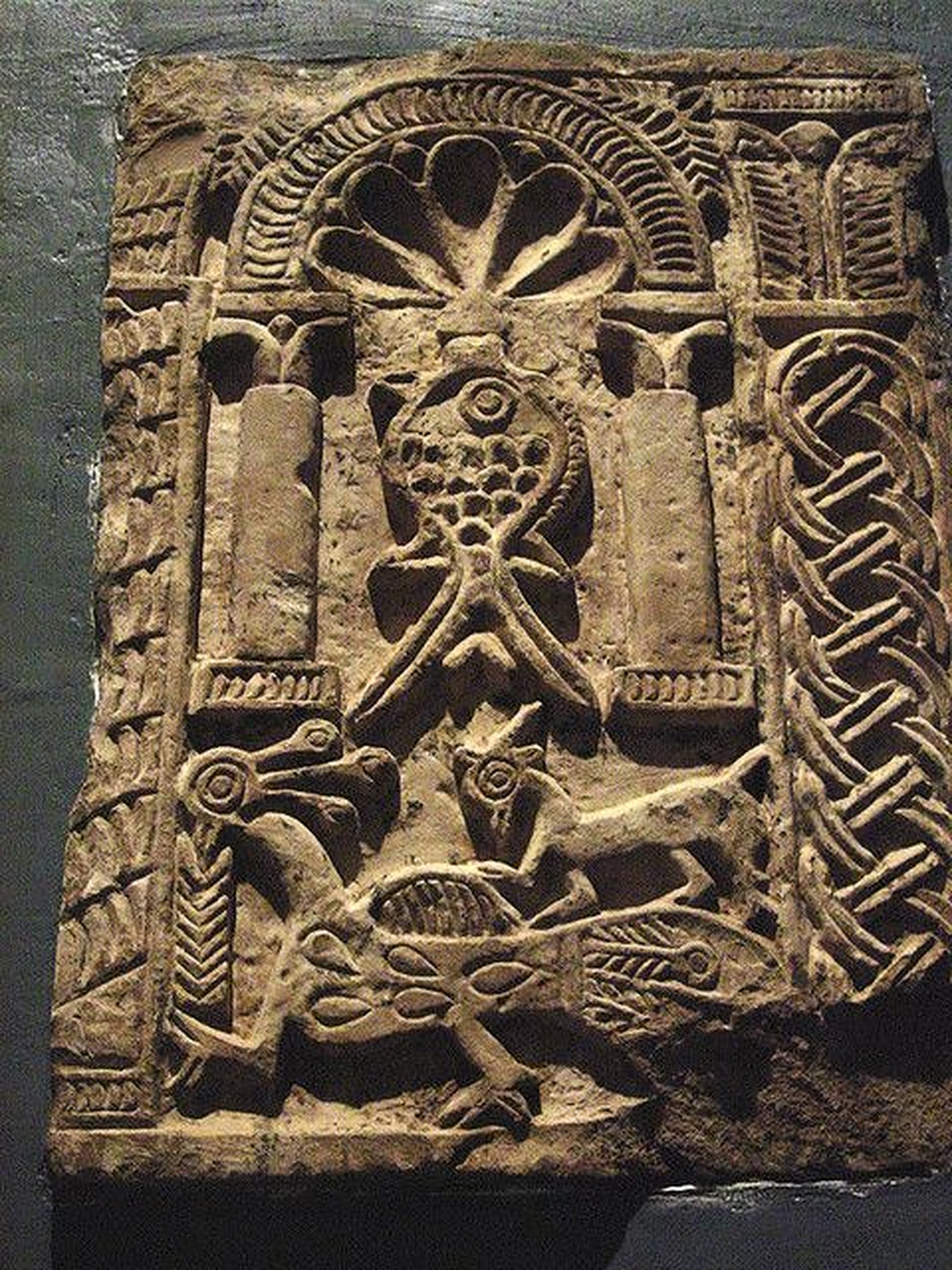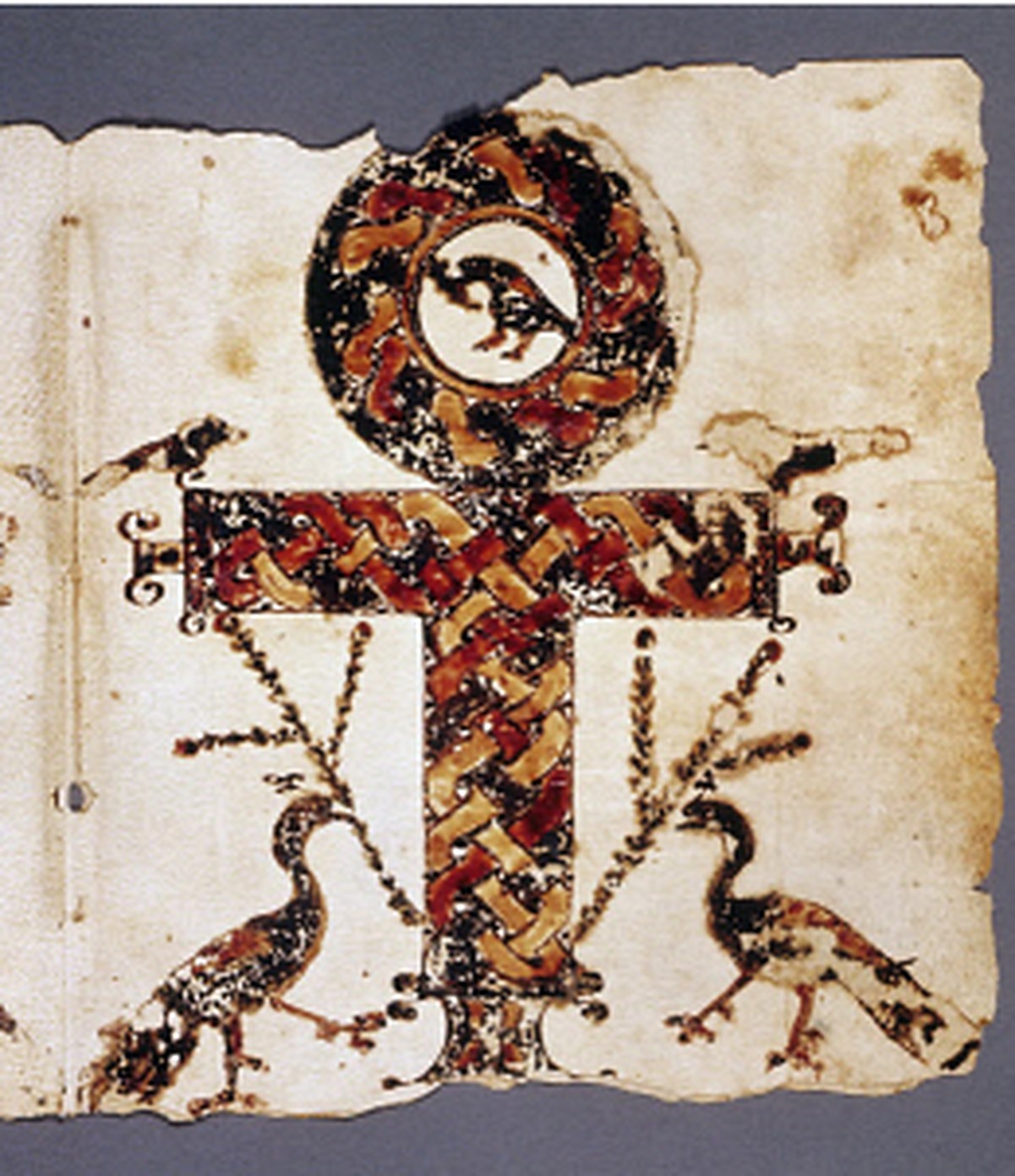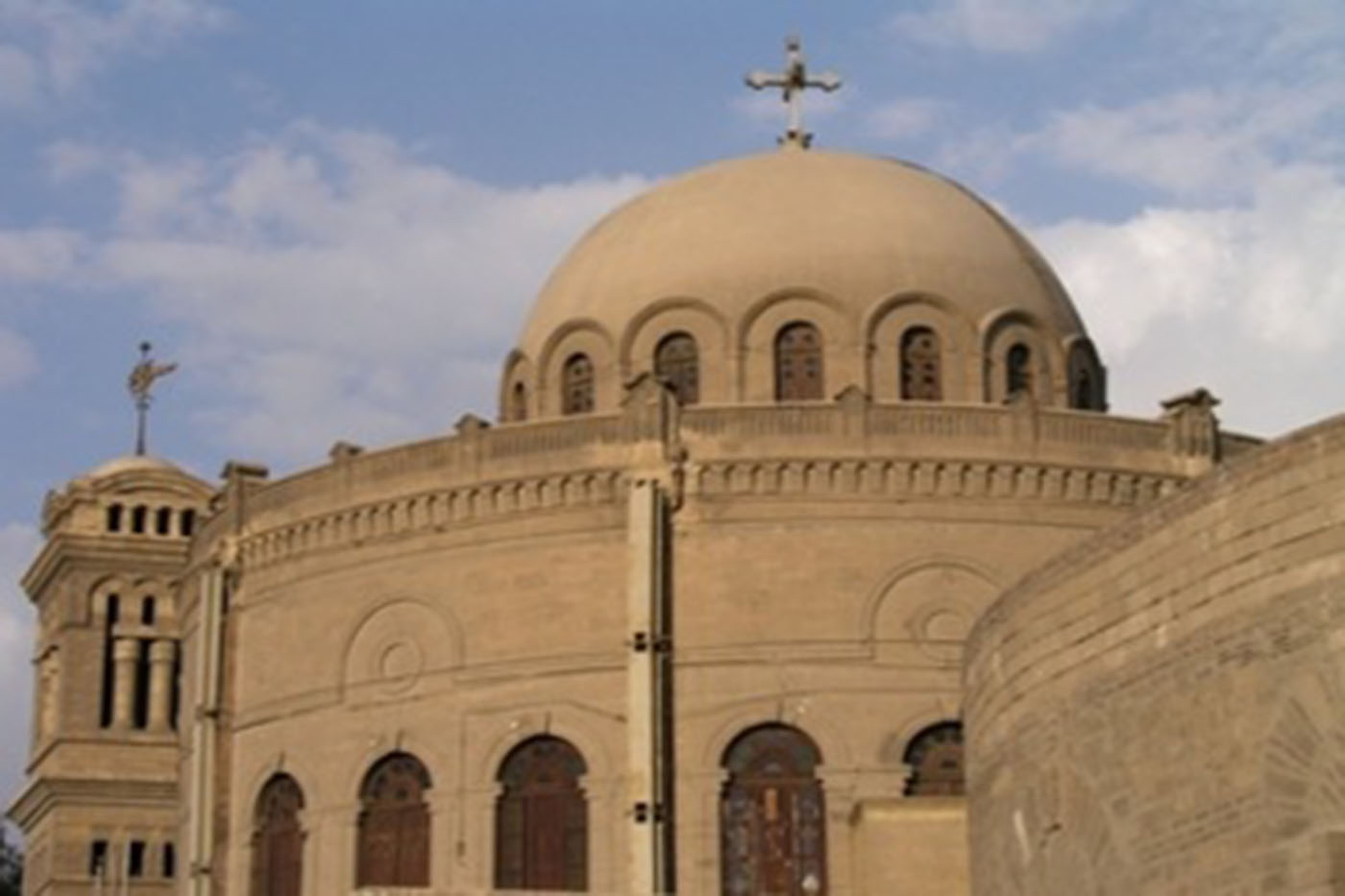Christian art is often associated with Western imagery, yet it isn’t much acknowledged that Eastern forms of Christian art are also products of their own history, spiritual beliefs and own forms of artistic expression.
The Copts are considered to be the Christians of Egypt, when Christianity was introduced early on by St. Mark who was the writer of one of the four Gospels. Yet the shift from ‘Pharaonic’ to ‘Christian’ Egypt wasn’t as disconnected, as there were several borrowings from the art of the ancient era, representing instead a continuation and resurrection of every generation in Egypt’s history.
Beginning in the 4th century in Egypt, Coptic art uses spiritual imagery – which is distinctive from pagan representatives – to serve as reminders and instructions for the afterlife, allowing worshippers to be in constant ‘wonderment’ of God’s creation through artistic expression.
In other words, it provides a visual tale of life, death and resurrection.
Paintings

Some historians note that Coptic art inherited various influences from ancient Egyptian art, particularly the use of geometry, floral, birds, animal figures, as well as activities like fishing and farming.
For instance, vine leaves and grapes are often reflected in classical Coptic art, which Copts used to decorate their buildings. These symbols were also widely seen in ancient Egyptian mythology and art, symbolizing rebirth and the ancient Egyptian God Osiris. Other symbols include the Palm leaf, as the latter was commonly found in ancient Egyptian art and symbolizes “victory” in Coptic art as palm branches are used in Palm Sunday celebrations to commemorate the entrance of the Jesus into Jerusalem.
The ‘Pharaohs Cross’, which is often called the ‘Ansate Cross’, was also considered to be a sacred hieroglyphic sign of “Ankh”, which means life. Coptic artists inherited this type of cross as a symbol of eternity and peace and is often found and considered as a funerary symbol as sometimes was found on walls and paintings.

The Coptic Church’s paintings also differ from Christian paintings in the West, as they depict Jesus Christ as both human and divine – an ‘indivisible entity’ that cannot be seen in the ordinary human being. Historians see this as an extension of Pharanoic art, as the same way Egyptian monarchs are portrayed with a more serious face, the face of Christ showed in a ‘glorified aspect’ that does not show much suffering to spotlight this ‘divine’ nature.
Historians also often draw connections between the cult of Isis in Ancient Egypt and the Virgin Mary, as they suggest that the imagery of Isis, seen as supporting her infant child, is reflected in the acceptance of Mary as the bearer of God in the feminine aspect.

Similarly, in paintings representing the flight of the holy family from Beit Lahem to Upper Egypt, ancient Egyptian god (Horus) is depicted in the form of a bird as the one who guides the holy family throughout their journey, according to Otto Meinardus, a leading historian on the history of the Coptic Church.
Church Architecture

Researches note that due to their pride in their Pharaonic background, Christians adopted architectural elements that had influences from the ancient Egyptian temples, such as the triple division design of their churches and “Hypostyle Hall”, which some historians regard as the prototype of the “Basilican Plan” of the Christian church.
There were also some ancient Egyptian temples that were transformed into churches, such as the ancient temples of Luxor, Karnak, and Edfu where Coptic Graffiti and symbols can be seen on the walls.
The Dome, which is known to be one of the most significant architectural element in Coptic Church, can reflect the ancient Egyptian tradition of using the goddess “Nut” as the dome of heaven, according to Gawdat Gabra and Gertrud J. M. van Loon in ‘the Churches of Egypt’.
According to Peter Gossman in ‘Architectural Elements of Churches: Vault’, the use of light to create a spiritual atmosphere inside the church was inherited by the ancient Egyptians, who used light to reflect the ‘divine’ movement of the sun throughout the day.
Essentially, Coptic Christian art is distinctive as it brings back the histories and cultures of the past, as Egypt has always symbolized diversity and all things that are ancient, as William Linn Westermann says “the modern visitor has a persistent feeling that he moves amid things that are old – older than the Muslim faith… the Coptic faith…and the Roman Prefacts who ruled the land without love for it or understanding.”







Comments (0)